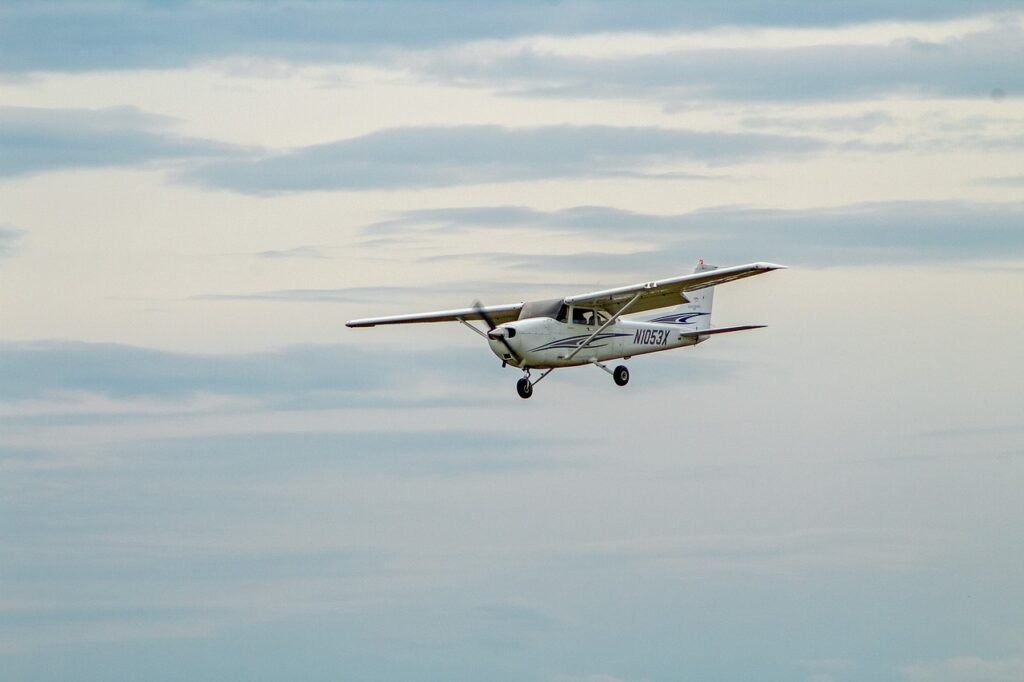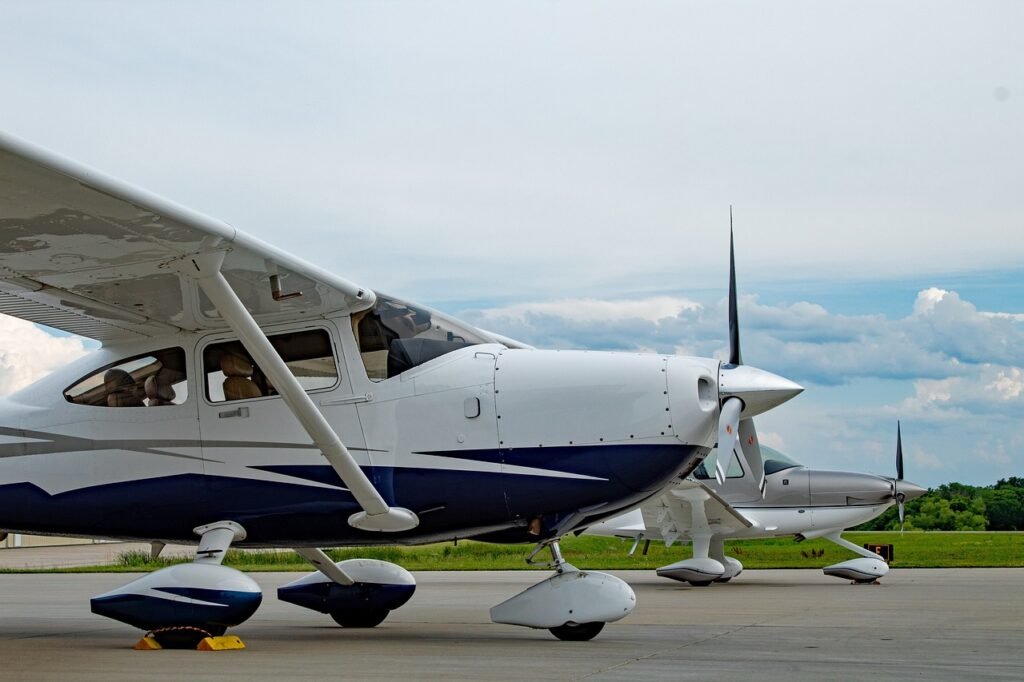Cessna, a household name in general and private aviation, was born from the vision and perseverance of one man: Clyde Vernon Cessna. From its inception in the early 20th century, Cessna transformed from a small aviation experiment into an international symbol of flight, known for its diverse range of reliable, high-performing aircraft. This is the story of how Cessna went from a modest aircraft company to a global leader in aviation.
The Early Years: Clyde Cessna’s Vision
Clyde Cessna was a farmer in Kansas who dreamed of taking to the skies. In the early 1900s, after seeing an aircraft for the first time, he was captivated by the idea of flight and wanted to learn how to build and fly his own planes. In 1911, he left farming and moved to Oklahoma City to begin his journey in aviation.
Clyde’s initial attempts were challenging, with a few unsuccessful flight experiments that resulted in crashes. But Cessna persisted, modifying and improving his designs each time. His relentless determination paid off when he successfully flew his first home-built plane in 1911, marking the beginning of what would become a pioneering aviation career.
Founding of Cessna Aircraft Company
In 1927, after years of experimentation, Clyde Cessna officially founded the Cessna Aircraft Company in Wichita, Kansas. His vision was to create aircraft that were more accessible and affordable than the complex, expensive designs of his day. His early designs were innovative and efficient, particularly the Cessna AW, which was a single-wing monoplane at a time when biplanes dominated the industry. This unique approach helped Cessna aircraft stand out.
The AW model became Cessna’s first successful aircraft and set the foundation for future designs. Known for its strength, aerodynamic design, and ease of handling, it was especially appealing to private pilots. The success of the AW allowed Cessna to establish itself as a promising new player in the aircraft industry.
Cessna Surviving the Great Depression
The 1930s brought economic challenges worldwide, and the Great Depression took a toll on many industries, including aviation. Like most aircraft companies, Cessna was hit hard. The economic downturn forced Clyde Cessna to make the difficult decision to halt production in 1931, as demand for private and recreational aircraft plummeted.
However, Cessna’s legacy would not end here. In 1934, his nephew, Dwane Wallace, took the reins of the company. An aeronautical engineer with a passion for flight, Wallace was determined to revive Cessna Aircraft Company and saw potential where others saw obstacles. Under his leadership, the company reopened and began developing new models aimed at a recovering market.
The Post-War Boom of Cessna: Growth and New Models
World War II became a transformative period for Cessna. During the war, the company shifted its production to military training aircraft. Cessna’s AT-17 Bobcat, a twin-engine advanced trainer, became a staple for training U.S. and Allied pilots, securing Cessna’s position as a reliable aircraft manufacturer.
After the war, Cessna capitalized on the aviation boom, producing civilian models with the release of the Model 120 and Model 140 that catered to an emerging market of pilots and aviation enthusiasts. The post-war economy was prosperous, and many former military pilots sought out private planes. Cessna answered the call by developing affordable, user-friendly aircraft that were ideal for general aviation.
The Birth of an Icon: Cessna 172
In 1956, Cessna introduced what would become one of the most famous aircraft in aviation history—the Cessna 172 Skyhawk. Designed as a four-seat, single-engine aircraft, the Cessna 172 combined affordability with reliability. Its ease of handling and stable design made it popular among flight schools and novice pilots, quickly becoming the best-selling aircraft of all time.
Over time, Cessna continuously improved the 172 model with updated technology and avionics, cementing its legacy. The Cessna 172 is still in production today and remains a beloved aircraft, used widely for training and recreational flying worldwide.

Photo: Cessna 172 Skyhawk
Expansion into Business Aviation: The Citation Series
In the late 1960s, Cessna recognized a growing demand for business jets, leading to the creation of the Cessna Citation series. The Citation I, which debuted in 1972, marked Cessna’s entry into the business aviation market. This jet was designed to be simpler and more affordable than other business jets, making private jet ownership more accessible to businesses and individuals.
The success of the Citation I spurred further development, with each subsequent model improving in terms of speed, range, and comfort. Today, the Citation lineup includes a range of jets that cater to different needs, from light jets like the Citation Mustang to long-range models like the Citation Longitude, which is capable of transcontinental flights.
Textron Acquisition and Modern Advancements
In 1992, Cessna was acquired by Textron, an American industrial conglomerate. This acquisition provided Cessna with increased resources, helping it innovate and expand its product offerings. Under Textron, Cessna has introduced state-of-the-art avionics, composite materials, and environmentally friendly engines across its lineup.
Today, Cessna remains a vital part of Textron Aviation, continuing to develop new models and refine existing ones. With Textron’s backing, Cessna has become a global brand known for its innovation in general aviation and business jets. To learn more about recent models of Cessna, go through this article – Textron Aviation Unveils Next-Generation Cessna Citation Models at NBAA-BACE 2024



